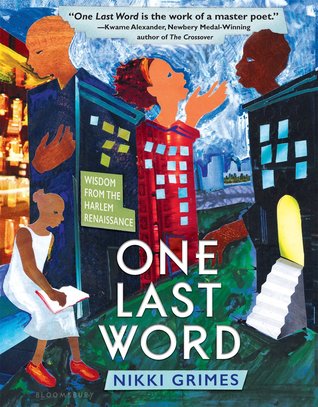It's Monday! Here are some recent books I've read that I thought were worth sharing. For the roundup, visit Teach Mentor Texts and Unleashing Readers!

I have had Commonwealth by Ann Patchett on my stack since it was published. Ann Patchett is one of my favorite authors (Bel Canto, one of my favorite books of all time). I loved this book. What is amazing to me is that all of her books seem so different at the beginning but then as you keep reading, they are all about relationships and family. I had a little bit of trouble getting into this one but am so glad I stuck with it because I LOVED it.

 I am still not a huge graphic novel reader--they are still a bit of a challengeSnow White: A Graphic Novel by Matt Phelan is a brilliant book. Really, how someone takes a classic story and retells it in such a unique way is fascinating to me. I think upper elementary and middle school kids will love this one. So glad that I read it!
I am still not a huge graphic novel reader--they are still a bit of a challengeSnow White: A Graphic Novel by Matt Phelan is a brilliant book. Really, how someone takes a classic story and retells it in such a unique way is fascinating to me. I think upper elementary and middle school kids will love this one. So glad that I read it!for me.
I always love to find a biography about a new-to-me person who made a he difference in the world. Tiny Stitches: The Life of Medical Pioneer Viven Thomas is such an interesting story about his work as a research assistant and the huge impact he had on children's heart surgery. Such important work and Thomas was rarely recognized for his contributions.
Chester and Gus by Cammie McGovern will be released in April of 2017.
 I picked up an ARC at NCTE and one of my 3rd graders devoured it when I got back. She HIGHLY recommended it so I read it over break. This story is told from Chester's perspective. Chester is a service dog (almost certified) that is adopted by Gus's family. Gus has autism and his parents hope the dog will help him. This is a great story and the dog is one I loved from the beginning. This is perfect for middle grade readers.
I picked up an ARC at NCTE and one of my 3rd graders devoured it when I got back. She HIGHLY recommended it so I read it over break. This story is told from Chester's perspective. Chester is a service dog (almost certified) that is adopted by Gus's family. Gus has autism and his parents hope the dog will help him. This is a great story and the dog is one I loved from the beginning. This is perfect for middle grade readers.














